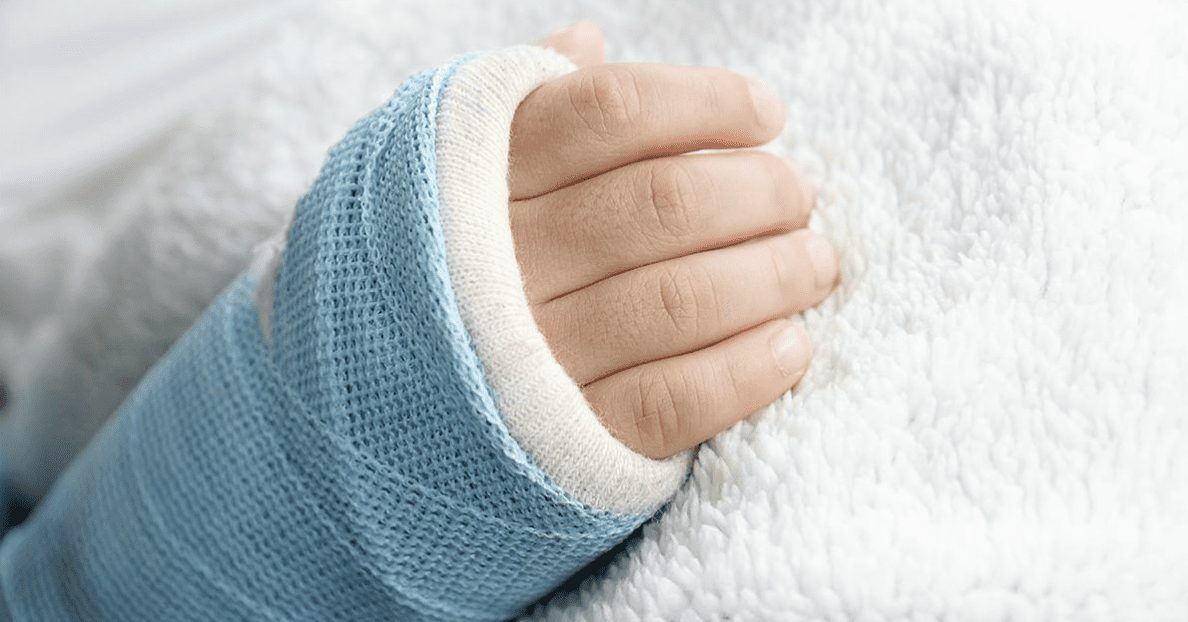The scaphoid is one of the eight carpal bones of the hand, which make up the portion of the hand between the wrist and the fingers. The anatomy of this area is complex, with each of the irregularly shaped carpal bones articulating closely with one another, held together by a number of ligaments. The scaphoid is located near the base of the thumb, and is clinically divided into three parts, both proximal and distal ends, as well as a ‘waist’ that connects them.
Definition:
Also, a fracture is classified as discontinuation of bone tissue, whether this be a thin crack, or complete separation of two portions of bone. Therefore, a scaphoid fracture is an injury to the scaphoid bone, which results in a disruption of the bone tissue to some extent.
Mechanism of Injury/Epidemiology:
Most commonly, a scaphoid fracture is caused by a fall onto an outstretched hand or wrist, forcing the scaphoid bone to contact with other bones of the wrist. Traumatic injuries can also occur, most likely during sporting or motor vehicle accidents.
Scaphoid fractures most commonly present in males, and are most prevalent in the 20-30 year old age bracket. Children and the elderly are less likely to suffer a scaphoid fracture, as certain parts of the wrist and forearm are more susceptible to injury in these populations.
Scaphoid fractures account for up to 15% of all acute wrist injuries. They have a higher chance of complications than other fractures, and therefore, prompt diagnosis and correct management is imperative in these cases.
Common Presentation:
- Deep, aching pain on the thumb side of the wrist, following a fall or other accident
- Reduced grip strength, as well as an increase of pain on gripping
- Tenderness over the ‘anatomical snuffbox’, at the base of the thumb
- Reduced movement through the wrist and thumb
Possible Complications:
Due to the anatomy of the scaphoid bone, no blood vessels supply the proximal pole of the scaphoid. This means that proximal scaphoid fractures have an increased chance of suffering mal-union or non-union (up to 8-10% of all cases) – meaning the fractured bones heal incorrectly, or not all, respectively. These conditions are also linked to post-traumatic arthritis and continuing pain, later on in life.
Plain X-rays can also miss a significant percentage of scaphoid fractures initially, due to soft tissue swelling and the complex anatomy of the hand. Therefore, a suspected scaphoid fracture is still placed in a cast or splint, before being re-x rayed 7-10 days later, to ensure no fractures are missed. Further imaging may be required if pain does not resolve.
Management:
Depending on the position of the scaphoid fracture, conservative management or a surgical approach will be taken.
Conservative management:
- Used for distal, and non-displaced fractures only
- Immobilisation in a cast that involves immobilising the thumb, for a period of 6-8 weeks, or even longer if the fracture is complicated (90% union rate for non-displaced fractures after 6 weeks of immobilisation
- Physiotherapy required after period of immobilisation, to ensure resumption of full range of motion, strength and dexterity
- Re-imaging required after period of immobilisation, to ensure union and complete healing of the fracture
Surgical management:
- Used for proximal, displaced or complex fractures
- Range of stabilisation methods used, again dependent on fracture severity and position
- Physiotherapy required after period of immobilisation, to ensure resumption of full range of motion, strength and dexterity, as well as correct scar healing
For more information visit SIM Physiotherapy website, by clicking here.
The WiSE Walk-in Specialist Emergency Clinic can provide timely, accurate assessment and treatment of any fracture, through a specialist emergency medical review, imaging, and physiotherapy services.

